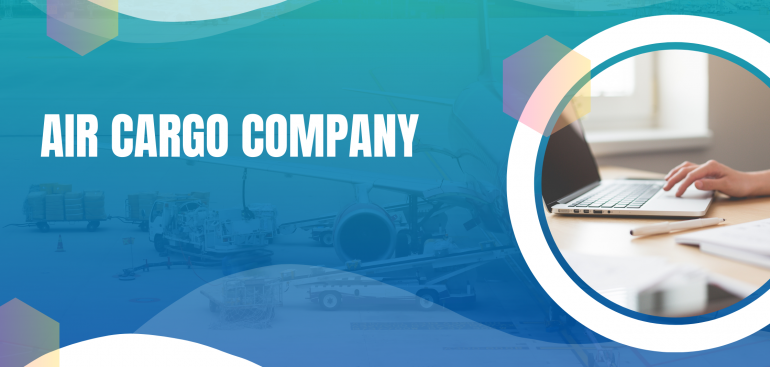Air cargo is an essential component of the global economy. Every day, countless goods are transported across the world through air freight, allowing businesses to connect with customers and suppliers across borders. But have you ever wondered how air cargo works? In this article, we’ll take a closer look at the process of air freight and the advantages it offers.
How Does Air Cargo Work?
The process of air cargo involves several steps. Here’s a breakdown of how it works:
Step 1: Booking
The first step in air cargo is booking. The shipper (or exporter) contacts an air freight forwarder to make a booking. The forwarder is responsible for arranging the transportation of goods from the shipper’s location to the airport, where the goods will be loaded onto a plane.
Step 2: Documentation
Once the booking is made, the shipper prepares the necessary documentation, including the air waybill, commercial invoice, packing list, and any other documents required by the destination country. These documents are important for customs clearance and ensure that the goods are shipped in compliance with local regulations.
Step 3: Packaging and Labeling
Before the goods are transported, they need to be packaged and labeled properly. This ensures that the goods are protected during transportation and that they can be easily identified at the destination airport.
Step 4: Transportation to the Airport
Once the goods are packaged and labeled, they are transported to the airport. The transportation can be done by the shipper or by the air freight forwarder.
Step 5: Loading and Unloading
At the airport, the goods are loaded onto the plane. The cargo is secured and checked to ensure that it meets the safety requirements of the airline. Once the plane lands at the destination airport, the cargo is unloaded and transferred to the destination terminal.
Step 6: Customs Clearance
Before the goods can be delivered to the consignee (or importer), they need to clear customs. The customs clearance process involves the inspection of the goods and the verification of the documentation. Once the goods are cleared, they can be delivered to the consignee.
Step 7: Delivery
Finally, the goods are delivered to the consignee’s location. The delivery can be done by the air freight forwarder or by a local delivery company.
Benefits of Air Cargo
Air cargo offers several advantages over other modes of transportation. These include:
Speed: Air cargo is the fastest mode of transportation, allowing goods to be transported across long distances in a short amount of time.
Reliability: Air cargo is reliable, with a low risk of cargo damage or loss.
Flexibility: Air cargo is flexible, allowing for the transportation of a wide range of goods, including perishable items and valuable goods.
Conclusion
Air cargo plays a crucial role in the global economy, providing businesses with a fast, reliable, and flexible mode of transportation. Understanding how air cargo works can help shippers and importers make informed decisions about their logistics strategy. By leveraging the benefits of air cargo, businesses can streamline their supply chain and improve their bottom line.

